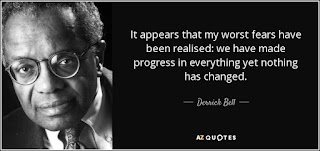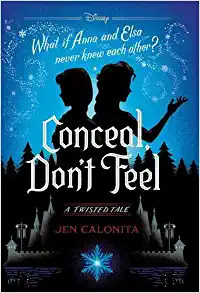Jochebed is one of the women Moses can call mother. Her name means “The Lord is Glory” and she lived a life which would display God’s glory. She lived as slave and under great oppression, chose to save her child and trust God. At great risk, she hid her son and when she couldn’t hide him anymore, she placed him in the river, hoping he would be saved. Jochebed is another example of God using ordinary people for extraordinary things. A simple item played an important role in the story of Moses: the basket. How could a simple woman and a simple basket play into God’s great plan? Jochebed was the beginning as God began to prepare his people for the great tasks that needed to be done to lead His people out of Egypt. It was her love, faith and courage that saved her child and ultimately her people.
Three hundred years after the death of Joseph, the Israelites became so numerous that Pharaoh feared their possible uprising. Pharaoh commanded that each Hebrew male child killed after birth, but the Hebrew midwives feared God’s wrath more than Pharaoh’s. They refused to follow this order, claiming that the babies were born before they arrived. Then Pharaoh commanded his soldiers to search out and smother every newborn male in the waters of the Nile. Imagine the screams of the mothers echo across the Hebrew camp as their sons were torn from their arms. Jochebed and her husband, Amram, had a plan and they prayed. After she gave birth to her son, she hid him for three months. Her older children, Miriam, and Aaron kept quiet about their baby brother. Remembering that God spared Isaac (Genesis 22:12), she laid her son in a waterproofed papyrus basket and placed him in the basket in the river. She walked away, praying that God’s protection would be on her son. And it was. Pharaoh’s daughter spots the basket in the reeds as she came to the river to bathe. She names him Moses meaning “I drew him from out of the water.”
Baskets is at the core of this story. As one of the many vessels used for a variety of tasks in the ancient world. In the home, baskets stored food. In the fields, they were used to carry clay for bricks. And baskets as luggage to store supplies on a journey. Made from plant materials, baskets were made into a variety of shapes and sizes, depending on the job needed. A basket hid Moses in Jochebed’s home for three months (Exodus 2:2). A basket protected Moses from the dangers of the Nile (Exodus 2:3). The disciples used 12 large baskets to gather up the leftovers at the feeding of the 5,000 (Matthew 14:20). A large basket was used to lower Paul out of a window to escape prison (Acts 9:25). God uses the ordinary for extraordinary tasks. Ordinary items, ordinary people and ordinary events to display His glory and amazing will. The Bible is filled with ordinary men and women doing extraordinary things. He still uses the ordinary today as he did in Jochebed’s day.
God kept Moses safe midst extraordinary dangers and evil. Through two women, a slave, and a princess, he persevered the life of Israel’s future deliverer and the entire Jewish race. According to the Bible, Jochebed saw that her son was no ordinary child and was determined to save him (Exodus 2:2, Acts 7:20, Hebrews 11:23). Was it just a mother’s love to see her child as extraordinary? Or was God giving her an insight to the plan He had for her baby? She had a great faith that God would save her son as she walked away from the river. Did she truly know he would be fine? I don’t think she did. In the animated film, Prince of Egypt (1998), an animated film features Jochebed taking her infant son to the river. I always loved this moment as it is very emotional scene and as a mother now, it is even more powerful. I can imagine the heartbreak and uncertainty in her mind as she placed Moses in the river; but her faith overruled her doubts. As parents, do we have the same faith in God for our own children?
In conclusion, Jochebed is the hero in Moses’ story. She took great risk to hide him for three months when it was ordered to have him killed. It took faith to take her son to the river. Her greatest joy is that God not only saved her son from the river but restored her child to her. Tradition holds that she took care of him until he was weaned at about 2 years. I can imagine her second heartbreak as her son left her house once again. But she still had faith that God had great plans for him. A simple woman took a simple basket and her faith and placed her son in the river. Could you imagine what we could do in simple every day situations with simple every day items with just an ounce of faith? With love, faith, and a prayer, Jochebed set God’s plan for deliverance in motion.































